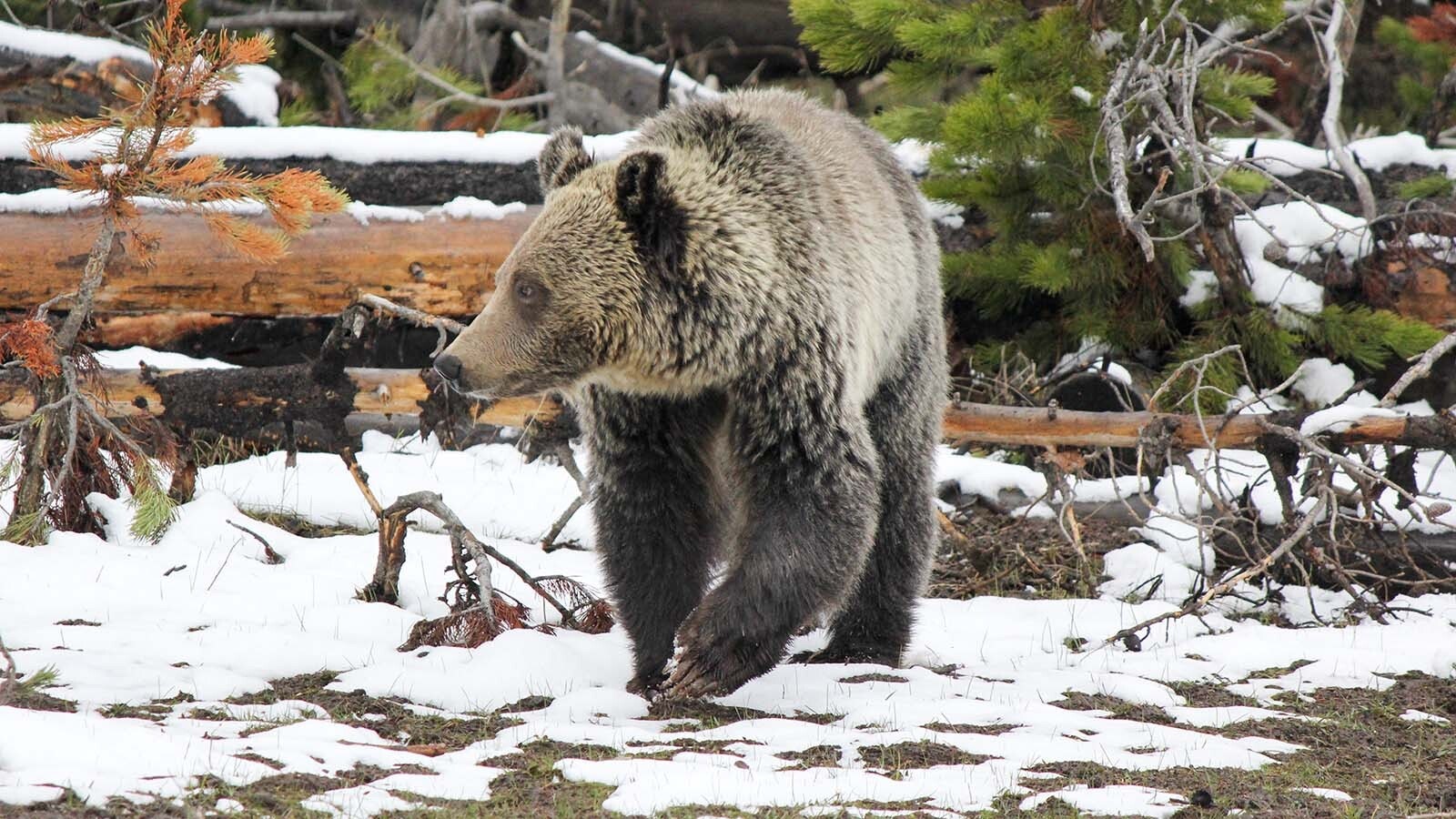America’s national bird, the bald eagle, is doing exceptionally well across Wyoming and the West, but wind turbines and other hazards have left golden eagles struggling.
Man-made nesting sites in the vast Thunder Basin National Grasslands might give golden eagles a safe haven where they can feast on abundant prairie dogs.
Using old telephone poles and other materials, eagle conservationists have built nests. Now it’s just a matter of waiting to see if golden eagles will show up to use them.
Golden Eagles Struggling
Wyoming has at least a few thousand resident golden eagles, said Bryan Bedrosian, conservation director for the Teton Raptor Center.
During the winter, the number of golden eagles at least doubles, perhaps swelling to as many as 20,000, as eagles migrate here from the north, he told Cowboy State Daily.
They’re drawn by the vast sagebrush seas and similar topography in central Wyoming, where they can hunt cottontail rabbits, jackrabbits and prairie dogs.
While 20,000 golden eagles might sound like a lot, their numbers are scant compared to the hundreds of thousands of bald eagles thought to inhabit the Lower 48.
And while bald eagles love to eat fish and hang out near water sources, golden eagles prefer wide open country, which makes them more vulnerable to getting killed by wind turbines.
“These days there’s a lot of concern with golden eagles, with the number of mortalities from wind farms,” Bedrosian said.
He’s not the only raptor biologist worried about wind turbines killing eagles.
Mike Lockhart, a retired U.S. Fish and Wildlife Biologist, previously told Cowboy State Daily that he thinks the number of eagles killed by turbines is grossly underestimated and underreported.
Getting The Lead Out
Lead particles left behind by hunters in big game carcasses pose another threat.
High-velocity hunting rifle bullets frequently leave fragments in the carcass when a hunter shoots a deer, elk or antelope.
Especially during the winter, eagles rely on carrion as a food source. And if they eat those carcasses, they can suffer lead poisoning.
Bedrosian is an advocate for hunters voluntarily switching to rifle ammunition loaded with copper bullets, which he says he’s used to great success over numerous big game hunting seasons.
As Cottonwoods Die, Eagles Leave
Golden eagle nests aren’t anything new in the grasslands. Early pioneers inadvertently drew them there, Bedrosian said.
The pioneers planted cottonwood trees, and once those trees grew to magnificent heights, eagles started nesting in them, he said.
But as time went on, the cottonwoods began to age and die. And there’s been fewer new trees to replace them.
That’s because cottonwoods are highly dependent on flooding. Cottonwoods are so named because the seed pods they release resemble puffs of cotton.
“You get those ‘snowstorms’ of cottonwood seeds,” and they need flooded land to land in and start making new trees, Bedrosian said.
The problem is, during modern times, dams and irrigation have mitigated flooding along streams and creeks in the Thunder Basin, so there is less flooded land for the seeds to land in.
“As those old cottonwoods die and fall over, fewer of them are getting replaced. And when a nesting tree falls over, you’ve functionally lost that eagle territory,” he said.
If You Build Nests, They Will Come
Bedrosian and others came up with a simple but ingenious idea. If natural nesting sites are getting fewer and farther between, how about creating man-made sites?
Since eagles like high places, getting something tall enough was the first challenge. Luckily, Powder River Energy pitched in, offering old powerline poles for the nests’ base.
Metal” nest cups” were welded together to place atop the poles, Bedrosian said. And those were filled with sticks and other materials that eagles might use to build nests, making them as natural-looking as possible.
When eagles move into the man-made nests, they’re likely to keep adding to them. Eagles typically add to their nests over generations, until the nests reach gigantic proportions.
The new nests weren’t placed haphazardly about the landscape in the grasslands, Bedrosian said. Instead, he and others looked at records, dating all the way back to the 1960s, showing where eagles previously nested. Setting up new nests in those sites will likely draw the eagles back, he said.
Camera Shy
Setting up “nest cams” to monitor bald eagles has been successful in numerous locations. It’s a bit tricker with golden eagles, Bedrosian said, as they seem to be more camera shy.
If golden eagles notice anything about a nest that wasn’t there before — in other words, researchers installing a monitoring camera — they might stop using that site, Bedrosian said.
But well-camouflaged cameras are already built into the manufactured nests in the Thunder Basin, so biologists can monitor the raptors from the moment they move in.
The latest nest was just completed last month. It might take a while, perhaps even a few years for golden eagles to start moving in, he said.
But he’s optimistic that the eagles will take to their new homes — where they can be safe from wind turbines and have plentiful prey.
“Bringing some more natural prairie dog control, I think everybody can get behind that,” he said.
Mark Heinz can be reached at mark@cowboystatedaily.com.









